Charles M. Kozierok The TCP-IP Guide
Подождите немного. Документ загружается.

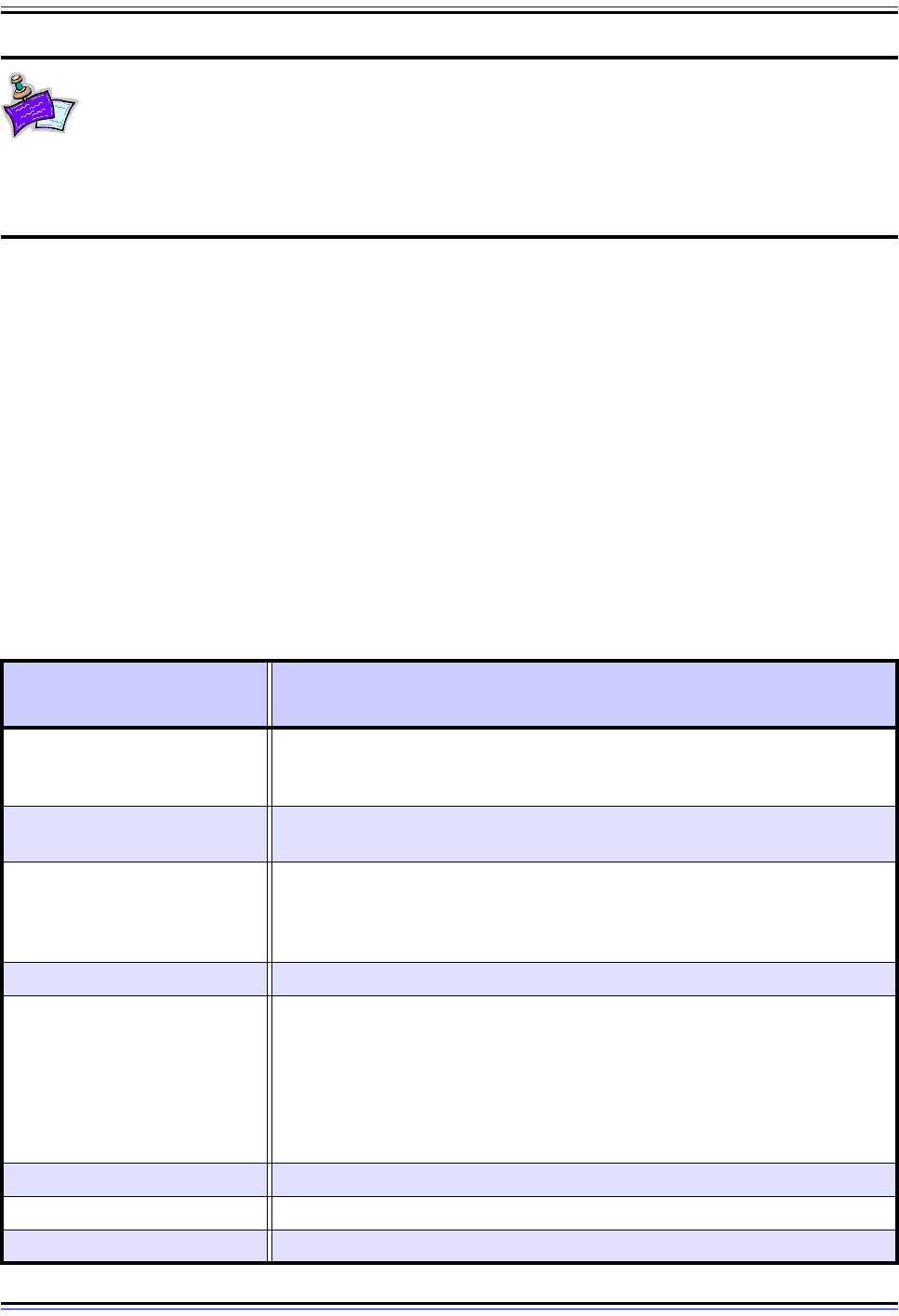
The TCP/IP Guide - Version 3.0 (Contents) ` 1651 _ © 2001-2005 Charles M. Kozierok. All Rights Reserved.
Note: It is also possible to specify one or more options to modify the behavior of
the lookup in non-interactive mode. These options are the same as the parameters
controlled by the nslookup set command described in Table 292; they are specified
by preceding them with a dash. For example, “nslookup -timeout=10 www.pcguide.com”
would perform the same lookup as in Table 291 but with the timeout interval set to 10
seconds.
Interactive Use of nslookup
The interactive mode of nslookup is selected by simply issuing the name of the command
with no parameters. This will cause the program to display the current default name
server’s DNS name and address, and then provide a prompt at which the administrator may
enter commands. Interactive mode allows someone to perform multiple lookups easily
without having to type “nslookup” each time. More importantly, it provides more convenient
control over the types of information that can be requested and how the lookups are
performed.
The exact command set available in an nslookup implementation can usually be deter-
mined by issuing the command “help” or “?” at the nslookup prompt. Table 292 shows some
of the commands that are usually found in most nslookup implementations.
Table 292: Typical nslookup Utility Commands (Page 1 of 2)
Command and
Parameters
Description
<host> [<server>]
Look up the specified host, optionally using the specified DNS name
server. Note that there is no actual command here, you just enter the name
directly at the command prompt.
server <server>
Change the default server to <server>, using information obtained from the
current default server.
lserver <server>
Change the default server to <server>, using information obtained from the
initial name server—that is, the system’s default server that was in place
when the nslookup command was started (prior to any preceding changes
of the current name server in this session).
root Changes the default name server to one of the DNS root name servers.
ls [-t <type>] <name>
Requests a list of information available for the specified domain name, by
conducting a zone transfer. By default, the host names and addresses
associated with the domain are listed; the “-t” option may be used to restrict
the output to a particular record type. Other options may also be defined.
Most servers restrict the use of zone transfers to designated slave servers,
so this command may not work for ordinary clients.
help Displays help information (usually a list of valid commands and options).
? Same as “help” (only on some systems).
set all Displays the current value of all nslookup options
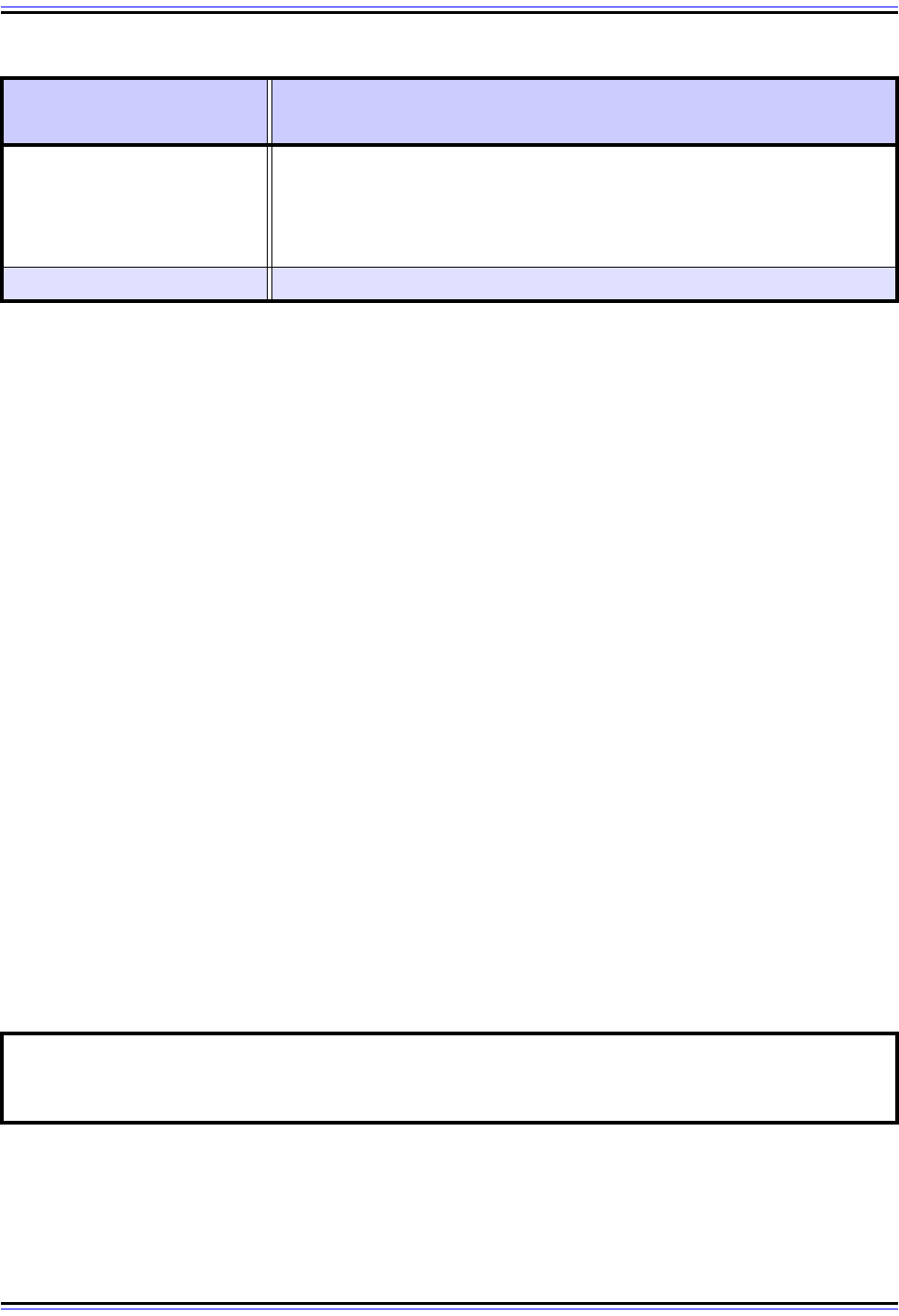
The TCP/IP Guide - Version 3.0 (Contents) ` 1652 _ © 2001-2005 Charles M. Kozierok. All Rights Reserved.
Problems With nslookup
The nslookup utility is widely deployed on both UNIX and Windows systems, but the
program is not without its critics. The complaints about it mainly center around its use of
non-standard methods of obtaining information, rather than standard resolution routines. I
have also read reports that it can produce spurious results in some cases. One example of
a significant problem with the command is that it will abort if it is unable to perform reverse
lookup of its own IP address. This can cause confusion, because users mistake that error
for an error trying to find the name they were looking up.
For this and other reasons, a number of people in UNIX circles consider nslookup to be a
“hack” of sorts, and for this reason, in some newer UNIXes nslookup has been deprecated.
This simply means that it is still included in the operating system for compatibility, but it is
not recommended and may be removed in the future. Instead, a pair of newer utilities are
provided: host and dig.
The host Utility
The first alternative to nslookup, host, is most often used for simple queries such as would
normally be performed using nslookup’s non-interactive mode. It is invoked in the same
way as non-interactive nslookup:
host <host> [<server>]
The output is also similar to that of non-interactive nslookup, but less verbose. An example
is shown in Table 293.
set <option>[=<value>]
Sets an option to control the behavior of the utility. Most implementations
include quite a number of options, some of which are controlled by just
specifying a keyword, while others require a value for the option. For
example, “set recurse” tells the program to use recursive resolution, while
“set norecurse” turns it off; “set retry=3” sets the number of retries to 3.
exit Quits the program.
Table 293: DNS Name Resolution Using the host Utility
%host www.pcguide.com
www.pcguide.com is an alias for pcguide.com.
pcguide.com has address 209.68.14.80
Table 292: Typical nslookup Utility Commands (Page 2 of 2)
Command and
Parameters
Description
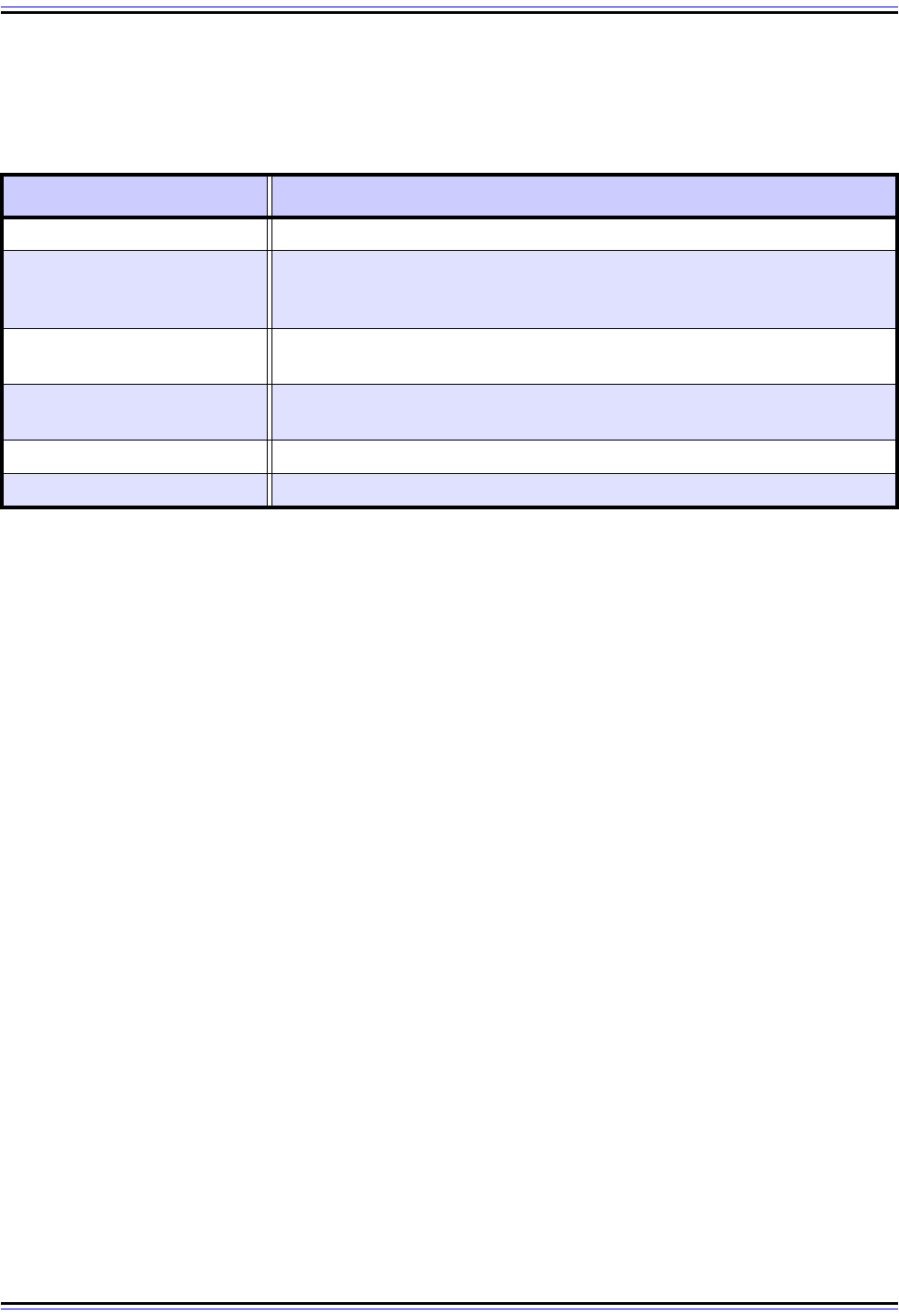
The TCP/IP Guide - Version 3.0 (Contents) ` 1653 _ © 2001-2005 Charles M. Kozierok. All Rights Reserved.
Even though host does not operate interactively, it includes a number of options that can
allow an administrator to get the same information that would have been obtained using
nslookup’s interactive mode. Some of the more common options are shown in Table 294.
The dig Utility
The second alternate to nslookup is dig, which stands for “Domain Information Groper”
(likely a play on the supposed origin of the name “ping”). It differs from the host command in
that it provides considerably more information about a domain, even when invoked in the
simplest of ways. It is also quite a bit more complicated, with a large number of options, and
features such as a batch mode for obtaining information about many domains.
The basic syntax for the dig command is different from nslookup or host, because if a non-
default name server is specified, it is prepended with an at sign (“@”) and comes before the
host to be looked up. A specific type of resource record can also be specified, like this:
dig [@<server>] <host> [<type>]
Table 294: Typical host Utility Options and Parameters
Option / Parameters Description
-d Turn on debug mode.
-l
Provides a complete list of information for a domain; this is similar to the
“ls” command in interactive nslookup. This may be used with the “-t” option
to select only a particular type of resource record for the domain.
-r
Disable recursion in the request. When this is specified, only the server
directly queried will return any information; it will not query other servers.
-t <querytype>
Specifies a query for a particular resource record type, allowing any type of
DNS information to be retrieved.
-v Use verbose mode for output (additional details are provided).
-w Wait as long as necessary for a response (no timeout).

The TCP/IP Guide - Version 3.0 (Contents) ` 1654 _ © 2001-2005 Charles M. Kozierok. All Rights Reserved.
Table 295 shows the output from running dig on the same domain (www.pcguide.com) that
I used as an example for nslookup and host. You can see that it provides much more infor-
mation about the domain.
The dig command also allows specific types of resource records to be looked up, and
includes dozens of options and settings. Since this topic is already getting very long and dig
is by far the most advanced of the three utilities, I will stop here; consult your system’s
documentation for the full instructions on how dig works and a list of its parameters.
Key Concept: Most TCP/IP implementations provide one or more utilities that can
be employed by an administrator to manually resolve DNS domain names to IP
addresses or perform related searches for DNS information. One of the most
common is nslookup, which allows a host name to be translated to an address or vice-
versa; it has both interactive and non-interactive modes. On some operating systems,
nslookup has been replaced by the host utility for simple DNS lookups, and the dig program
for more detailed inspections of DNS resource information.
Table 295: DNS Name Resolution Using the dig Utility
%dig www.pcguide.com
; <<>> DiG 9.2.1 <<>> www.pcguide.com
;; global options: printcmd
;; Got answer:
;; ->>HEADER<<- opcode: QUERY, status: NOERROR, id: 15912
;; flags: qr rd ra; QUERY: 1, ANSWER: 2, AUTHORITY: 2,
ADDITIONAL: 0
;; QUESTION SECTION:
;www.pcguide.com. IN A
;; ANSWER SECTION:
www.pcguide.com. 3600 IN CNAME pcguide.com.
pcguide.com. 3600 IN A 209.68.14.80
;; AUTHORITY SECTION:
pcguide.com. 3600 IN NS ns0.ns0.com.
pcguide.com. 3600 IN NS ns23.pair.com.
;; Query time: 1840 msec
;; SERVER: 209.68.1.87#53(209.68.1.87)
;; WHEN: Tue Nov 18 16:05:08 2003
;; MSG SIZE rcvd: 109Server: ns1-mar.starband.com

The TCP/IP Guide - Version 3.0 (Contents) ` 1655 _ © 2001-2005 Charles M. Kozierok. All Rights Reserved.
On The Web: The dig utility is very useful, but has still not been implemented on
some systems. Fortunately, there is an online dig utility you can access using your
browser on the Internet. Find it at http://www.gont.com.ar/tools/dig.
TCP/IP DNS Registry Database Lookup Utility (whois/nicname)
Utilities such as nslookup and host allow an administrator to resolve a DNS domain name to
an address and also view detailed information about a domain’s resource records. There
are cases, however, where we need to know not the technical information about a domain
but rather its DNS registration information. This includes details such as what organization
owns the domain, when its registration expires, and who are the designated contacts who
manage it.
In the early days of DNS, all domain names were centrally registered by a single authority,
called the Internet Network Information Center (InterNIC or just the NIC). To allow Internet
users to look up information about domains and contacts, a special server at this center
was set up. A protocol was created to allow users to retrieve information from this server,
called both nicname and whois. It was initially described in RFC 812 (1982) and then later,
RFC 943 (1985). Over time, the name “whois” has become the preferred of the two, and is
the one used today for the utility program that allows an administrator to look up DNS regis-
tration data. (It can also be used to look up information about IP addresses, but is used for
this purpose much less commonly.)
As the Internet grew and expanded, it of course moved away from having a single
centralized authority. The modern Internet has a hierarchical structure of authorities that are
responsible for registering domain names in different portions of the DNS name space. In
recent years, this has been further complicated by the deregulation process that allows
multiple registries for the generic top-level domains such as .COM, .NET and .ORG. All of
this means that more work is needed to look up domain registration information, since it is
distributed across many databases on different servers.
Syntax and Use of the whois Utility
To make it easier for administrators to find information about domains in this large
distributed database, modern TCP/IP implementations generally come with an intelligent
version of the whois utility. It is able to accept as input the name of a domain and automati-
cally locate the appropriate registry in which that domain’s information is located. The utility
is usually used as follows:
whois [-h <whois-host>] <domain>
In this syntax, “<domain>” represents the name about which registration information is
requested. The administrator can use the “-h” parameter to force the program to query a
particular whois server, but again, this is usually not required. Some implementations also
include other options that can be used to direct queries to particular registries.

The TCP/IP Guide - Version 3.0 (Contents) ` 1656 _ © 2001-2005 Charles M. Kozierok. All Rights Reserved.
Sample whois Output
Table 296 shows the sample output of the whois command on a FreeBSD UNIX machine (I
have stripped out some of the preliminary general information and legal disclaimers to keep
the table down to size).
In this case, the registrar of the domain “pcguide.com” is pairNIC, the DNS registry division
of pair Networks, the company I have used for Web hosting for many years (since 1997, as
you can see). This output is public information, and lets anyone who has an interest in
pcguide.com, for whatever reason, determine that I own the domain and learn how to
contact me. (That is obviously not my real phone number, of course.) It also tells them that
pair Networks runs the name servers that contain domain information for my domain.
Table 296: DNS Domain Registry Lookup Using the whois Program
%whois pcguide.com
Registrant:
The PC Guide
2080 Harwood Hill Road
Bennington, VT 05201
US
ixl@fearn.pair.com
+1.8025555555
Domain Name: PCGUIDE.COM
Administrative & Technical Contact:
Charles Kozierok
The PC Guide
2080 Harwood Hill Road
Bennington, VT 05201
US
ixl@fearn.pair.com
+1.8025555555
Domain Name Servers:
NS23.PAIR.COM
NS0.NS0.COM
Created: August 25, 1997
Modified: July 7, 2003
Expires: August 24, 2008
** Register Now at http://www.pairNIC.com/ **

The TCP/IP Guide - Version 3.0 (Contents) ` 1657 _ © 2001-2005 Charles M. Kozierok. All Rights Reserved.
Third-Party whois Tools
Many operating systems, including Windows, do not come with a whois command imple-
mentation, but there are third-party programs that will support the function. In recent years
many different organizations have also set up Web sites that implement the whois function,
which is much more convenient and user-friendly to those more accustomed to graphical
operating systems like Windows. Many of these sites are provided as free services by DNS
registrars, so customers can check if a name they are interested in is already taken, and if
so, by whom.
One drawback of some of these systems is that they usually do not have the intelligence to
check all the different registries where domain name records are stored. In most cases, a
whois service provided by a registrar will only search for names in the particular top-level
domains (TLDs) in which the registrar operates. So, if the registrar deals with .COM, .ORG
and .NET, it may only support whois queries for those TLDs. To check the registration infor-
mation for domains in more obscure TLDs, such as some of the less common geopolitical
(country code) domains, a considerable amount of searching may be required.
Key Concept: The TCP/IP whois utility allows registration information to be
displayed for a DNS domain, such as its owner, contact information and the date that
its registration expires. The program is most commonly found on UNIX operating
systems, where it is given intelligence that allows it to automatically query the correct
servers to find the information for most domains. Newer Web-based whois utilities also now
exist, but are usually limited to displaying information about domains in only a specific
subset of top-level domains.
TCP/IP Network Status Utility (netstat)
TCP/IP is a very complex protocol suite, as I am sure you would agree after perusing the
contents of this Guide. It is actually quite amazing that most of the time, all of the different
protocols, services and programs perform their jobs both efficiently and silently. Most of us
don’t even realize just how much is going on in the background, and that’s as it should be.
☺ On the other hand, when a problem does occur on a TCP/IP network, the administrator
charged with fixing it needs to obtain as much information as possible about what all those
bits and pieces of the suite are doing behind the scenes. The network status utility, netstat,
is provided for this purpose.
The netstat program is very simple in concept, being designed for only one purpose: to
show information about the operation of TCP/IP on a device. The aforementioned
complexity of TCP/IP, however, leads to netstat being rather elaborate itself: the program
can provide a large variety of information. As usual, the options and output of netstat
depend on the particular operating system type and version. It is somewhat different on
UNIX and Windows machines, so I will describe each platform separately.
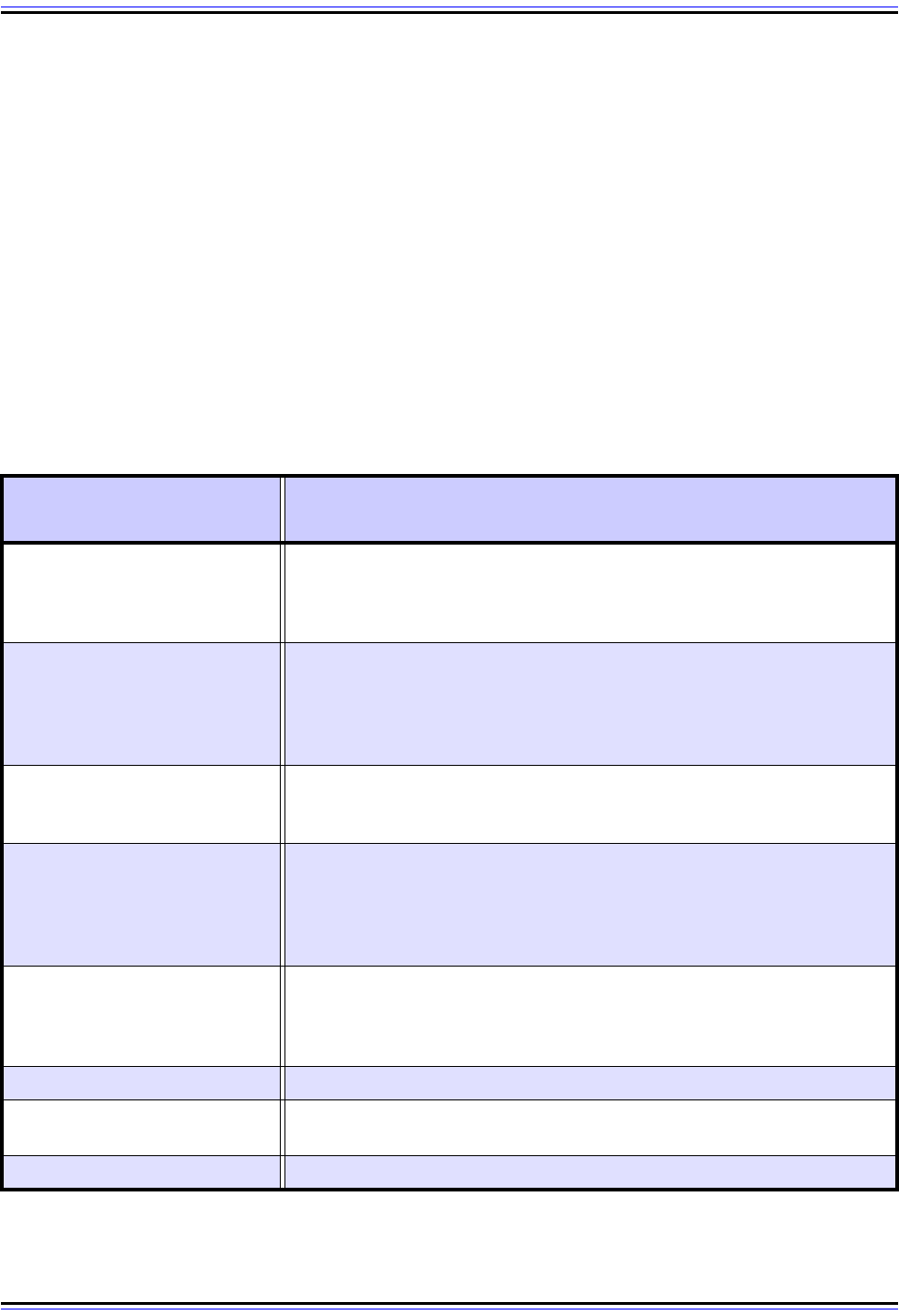
The TCP/IP Guide - Version 3.0 (Contents) ` 1658 _ © 2001-2005 Charles M. Kozierok. All Rights Reserved.
UNIX netstat
On most UNIX systems the netstat utility is very full-featured, with a typical implementation
including dozens of options that can be used to control what information is displayed. These
options may not all be used simultaneously; rather, they are arranged into option groups,
each of which presents one class of information. Within each group, one option is
mandatory; it identifies the group, and hence, the general kind of information that will be
displayed. Other options are also possible in each group, which are optional and modify the
command to provide better control on exactly what is output. In essence, then, netstat is
really like many related utilities rolled into one.
UNIX netstat Option Groups, Options and Parameters
Table 297 provides a simplified summary of the option groups for a typical UNIX netstat
implementation, in this case FreeBSD.
Table 297: Typical UNIX netstat Option Groups, Options and Parameters (Page 1 of 2)
Option Group, Options and
Parameters
Description
netstat [-AaLSW] [-f <family>]
[-p <protocol>] [-n]
This is the default invocation of netstat, with no mandatory options. It
prompts the utility to display a list of active sockets on the host machine.
The other options shown can be used to control what precisely is output;
for example, “-a” causes server processes also to be shown.
netstat -i
[-abdt] [-f <family>] [-n]
netstat -I <interface>
[-abdt] [-f <family>] [-n]
Tells netstat to provide information about all network interfaces (“-i”) or a
particular network interface (“-I <interface>”). The “-a” option causes
multicast addresses to be shown as well, “-b” displays bytes of data in
and out on the interface, “-d” shows the number of dropped packets, and
“-t” displays the value of watchdog timers.
netstat -w <interval> -d
[-I <interface>]
Displays packet traffic information on all interfaces every “<interval>”
seconds, or just on the specified interface if “-I <interface>” is included. If
“-d” is included, also indicates the number of dropped packets.
netstat -s [-s] [-z] [-f <family>]
[-p <protocol>]
Shows system-wide statistics for each of the protocols on the system
(which may be modified to show information for only a particular address
family or protocol). If the “-s” option is repeated, counters that have a
value of zero are suppressed; the “-z” option resets the statistics after
they are displayed.
netstat -i -s
[-f <family>] [-p <protocol>]
netstat -I <interface> -s
[-f <family>] [-p <protocol>]
Displays statistics as for “netstat -s” just above, but on a per-interface
basis rather than aggregated for the whole system.
netstat -m Outputs memory management routine statistics.
netstat -r [-Aa] [-f <family>]
[-n] [-W]
Displays the contents of the host’s routing tables. The options “-A” and “-
a” provide additional information about the routes.
netstat -rs [-s] Displays routing statistics; “-s” suppresses counters with a zero value.
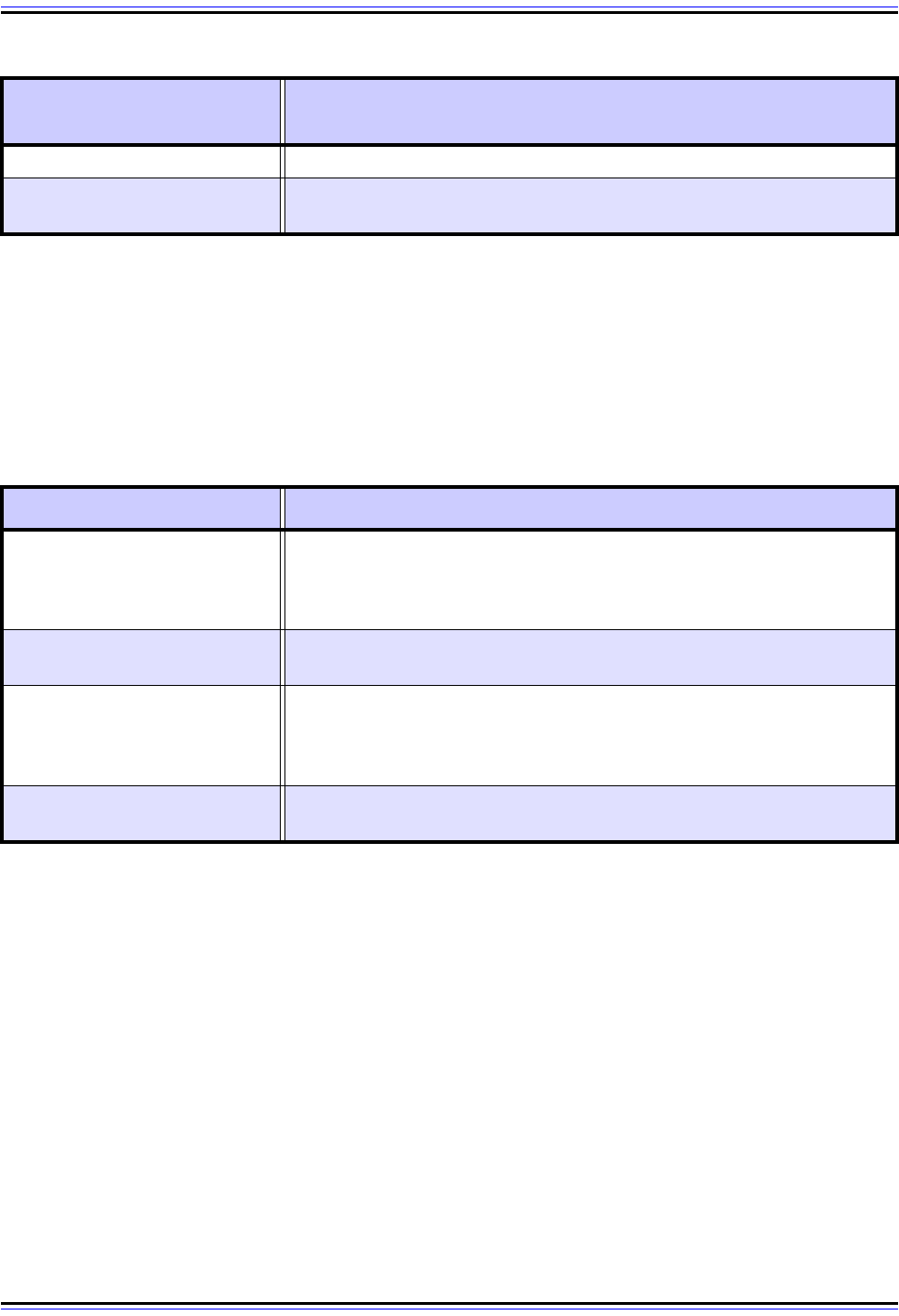
The TCP/IP Guide - Version 3.0 (Contents) ` 1659 _ © 2001-2005 Charles M. Kozierok. All Rights Reserved.
UNIX netstat Universal Options and Parameters
Most of the options shown in these option groups are particular to those groups; for
example, you cannot use “-s” when issuing the command “netstat -i”. However, there are
also a number of universal options that can be used with more than one of these groups to
modify the behavior of netstat variations in a consistent way. These options are described in
Table 298.
Sample UNIX netstat Output
The netstat command can produce a startling amount of output, especially if you do not
restrict it with some of the options in Table 298. This is particularly true for netstat by itself
and with the “-s” option. In Table 299 I have shown sample output from running “plain”
netstat, but I have truncated the list of connections so it would not be too long (I also refor-
matted the table so it would display better). Notice the last column, which shows the current
state of the TCP connection (see, that TCP finite state machine stuff was useful after all! ☺)
netstat -g [-W] [-f <family>] Shows multicast routing information.
netstat -gs [-s] [-f <family>]
Shows multicast routing statistics; “-s” suppresses counters with a zero
value.
Table 298: Typical UNIX netstat Universal Options and Parameters
Option / Parameters Description
-f <family>
Limits the output of the command to information on a particular protocol
address family, for hosts running multiple protocol suites. For example,
the address family for regular TCP/IP is “inet”, while for IPv6 it is “inet6”.
Others may also be supported.
-p <protocol>
Restricts output to data related only to a particular protocol, such as IP,
TCP, UDP, or ICMP.
-n
Shows network addresses in numeric form, instead of showing them as
symbolic names. Also shows ports as numbers instead of converting
well-known UDP and TCP port numbers to the protocol names that use
them (for example, “23” rather than “telnet”).
-W
Suppresses the automatic truncation of addresses (which is sometimes
done for display formatting).
Table 297: Typical UNIX netstat Option Groups, Options and Parameters (Page 2 of 2)
Option Group, Options and
Parameters
Description

The TCP/IP Guide - Version 3.0 (Contents) ` 1660 _ © 2001-2005 Charles M. Kozierok. All Rights Reserved.
Table 300 shows an example of the output of “netstat -s”; here I have shortened the size of
the output by using “-p ip” to tell the program to only show me the statistics for the Internet
Protocol.
Table 299: Sample Connections List From UNIX netstat Utility
%netstat
Active Internet connections
Prot Rcv Snd Local Address Foreign Address (state)
tcp4 0 0 pcguide.com.http c-24-118-141-124.3384 ESTABLISHED
tcp4 0 827 pcguide.com.http webcacheB03a.cac.46075 ESTABLISHED
tcp4 0 0 qs36.smtp MV1-24.171.17.64.1339 ESTABLISHED
tcp4 0 0 pcguide.com.http 1Cust234.tnt1.le.1338 ESTABLISHED
tcp4 0 0 pcguide.com.http 1Cust234.tnt1.le.1337 FIN_WAIT_1
tcp4 0 84 pcguide.com.http dial81-131-97-70.2902 FIN_WAIT_1
tcp4 0 0 pcguide.com.http 216.76.14.221.9954 FIN_WAIT_2
tcp4 0 0 pcguide.com.http 216.76.14.221.9945 FIN_WAIT_2
tcp4 0 0 pcguide.com.http 1Cust234.tnt1.le.1326 TIME_WAIT
